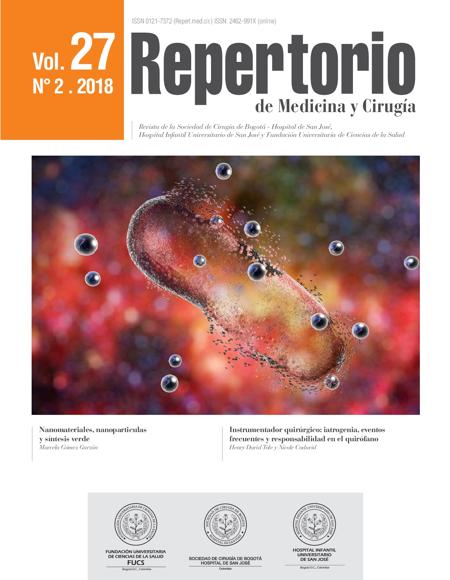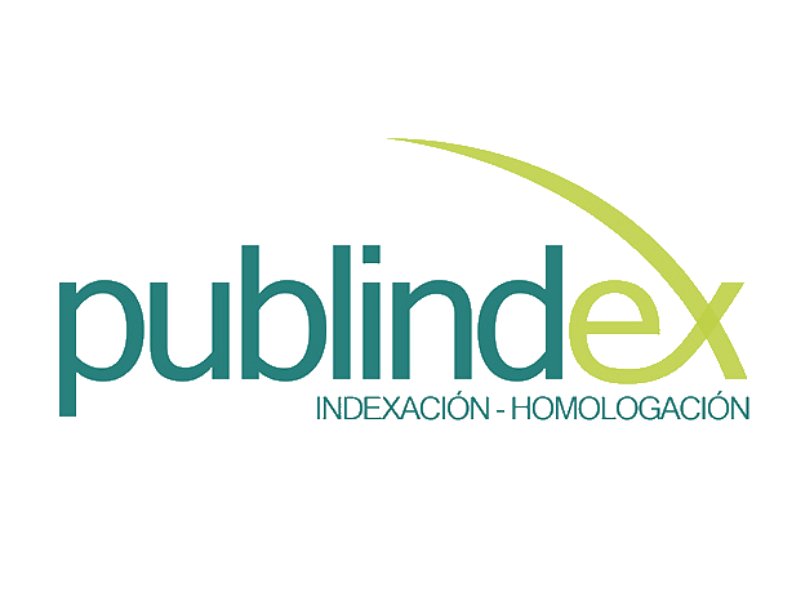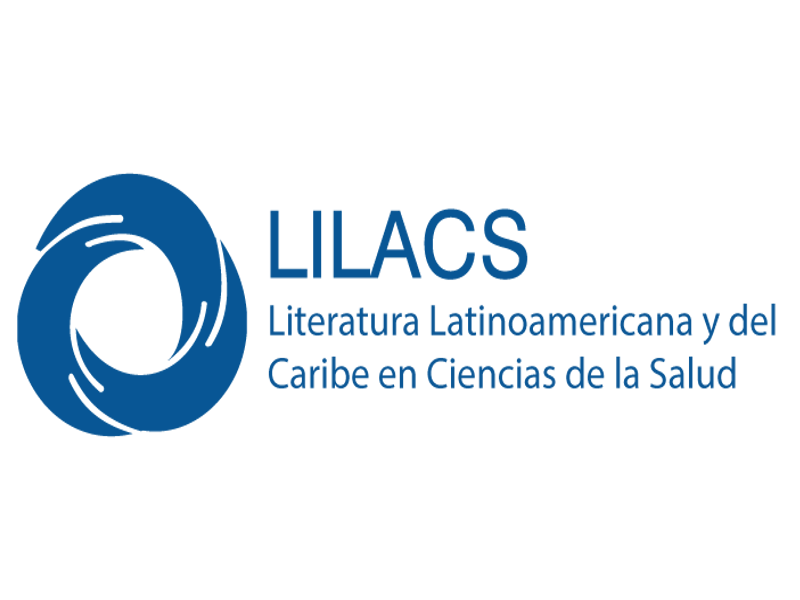Vincent Van Gogh y sus posibles afecciones neuropsiquiátricas
Vincent Van Gogh and his possible neuropsychiatric conditions
Cómo citar
Descargar cita
Esta obra está bajo una licencia internacional Creative Commons Atribución-NoComercial-CompartirIgual 4.0.
Mostrar biografía de los autores
Mucho se ha dicho sobre el famoso pintor Vincent Van Gogh. La mayoría de los escritores buscan explicar cómo este hombre de vasto talento pudo comunicar su enorme dolor a través de la pintura y producir obras de belleza abrumadora. Otros se ocuparon por entender si las varias enfermedades y aflicciones que tuvo se convirtieron en una influencia para la forma como representó la vida. Objetivo: es nuestro propósito encontrar una relación entre las dos apreciaciones, para dar una mirada a su existencia de adentro hacia afuera y poder dar luz sobre la obra sin paralelo de Van Gogh; podrían su manejo del color y el uso magistral de la forma tener una razón biológica o quizá una profundamente sentimental.
Visitas del artículo 2145 | Visitas PDF 6042
Descargas
1. Beckett W. Historia de la pintura. Van Gogh. Editorial Blume, Barcelona, 1999.
2. Marrack E. Van Gogh. Editorial libsa, Madrid, 1992.
3. Ravin J, Marmor M. The vision of Vincent Van Gogh. In: Marmor MF, Ravin JG, editors. The Eye of the Artist. Saint Louis, Missouri: Mosby; 1997.
4. Arnold WN. The illness of Vincent van Gogh. Journal of the history of the neurosciences. 2004;13(1):22-43.
5. Anderson J. Vida y obra de Vincent van Gogh. El sello Editorial, Bogotá, 1995.
6. Blum HP. Van Gogh's fantasies of replacement: being a double and a twin. Journal of the American Psychoanalytic Association. 2009;57(6):1311-26.
7. Nágera H. Vincent Van Gogh. Un estudio psicológico. Barcelona: Editorial Blume; 1980.
8. Ferreira R. El fenómeno Van Gogh. Salutífera Navis. 2016;7(20):4-8.
9. Harrison R. Van Gogh's Letters. 1980 [cited 2016 Septiembre]; Available from: http://www.webexhibits.org/query-gogh.spy?col=vangogh&qp=psychology.depression.&qs=&qc=&pw=100%25&ws=0&la=en&si=1&qt=&ex=&qm=0&ql=&tem=vangogh&st=1&nh=9&lk=1&rf=0&excerpt=3.
10. de Oraá F. Cartas a Théo: Van Gogh, Vincent. Barcelona: Idea; 1995.
11. Hemphill RE. The illness of Vincent Van Gogh. Proceedings of the Royal Society of Medicine. 1961;54:1083-8.
12. Martin C. Did Van Gogh have Meniere's disease? European annals of otorhinolaryngology, head and neck diseases. 2011;128(4):205-9.
13. Arnold WN. The illness of Vincent van Gogh. Journal of the history of the neurosciences. 2004;13(1):22-43
14. Arnold WN, Loftus LS. Xanthopsia and van Gogh's yellow palette. Eye (Lond). 1991;5 ( Pt 5):503-10.
15. National Library of Medicine. Camphor. United State: National Library of Medicine; 2016 [cited 2016 Septiembre]; Available from: https://toxnet.nlm.nih.gov/cgi-bin/sis/search2/f?./temp/~LPcRH9:3.
16. Vasuyattakul S, Lertpattanasuwan N, Vareesangthip K, Nimmannit S, Nilwarangkur S. A negative anion gap as a clue to diagnose bromide intoxication. Nephron. 1995;69(3):311-3.
17. Centers for Disease Control and Prevention. Syphilis - Fact Sheet United State: Centers for Disease Control and Prevention; 2016 [cited 2016 Septiembre]; Available from: https://www.cdc.gov/std/syphilis/treatment.htm.
18. Blumer D. The illness of Vincent van Gogh. The American journal of psychiatry. 2002;159(4):519-26.
19. Dutta V. Neurological Disorders in Famous Artists - Part 1, 2 & 3. Journal of Cancer Research and Therapeutics. 2011;7(2):240-6.
20. Aguirre J. El Caso Van Gogh. Revista Universitaria de Psicoanálisis. 2009;IX.
21. González Luque FJ, Montejo González AL. Vincent Van Gogh y los colores tóxicos de Saturno, Retrato autobiográfico de un envenenamiento por Plomo. Salamanca2004. p. 23.
22. Mayo Clinic. Schizoaffective Disorder. Foundation for Medical Education and Research; 2018 [cited 2016 Septiembre]; Disponible en: https://www.mayoclinic.org/diseases-conditions/schizoaffective-disorder/symptoms-causes/syc-20354504.
23. Malaspina D, Owen MJ, Heckers S, Tandon R, Bustillo J, Schultz S, et al. Schizoaffective Disorder in the DSM-5. Schizophrenia research. 2013;150(1):21-5.
24. Ministerio de Sanidad Política Social e Igualdad. Guía de Práctica Clínica de Prevención y Tratamiento de la Conducta Suicida. España: Ministerio de Sanidad, Política Social e Igualdad; 2011. p. 381.













